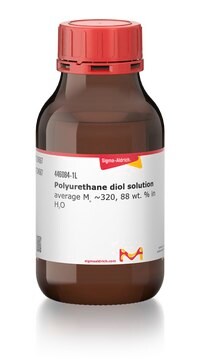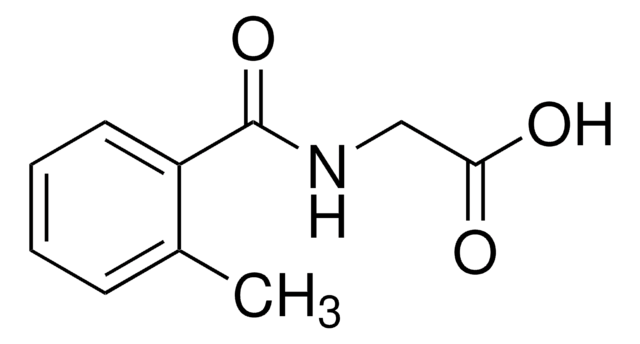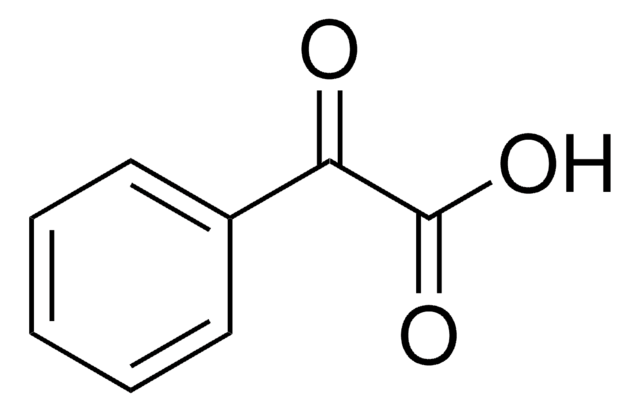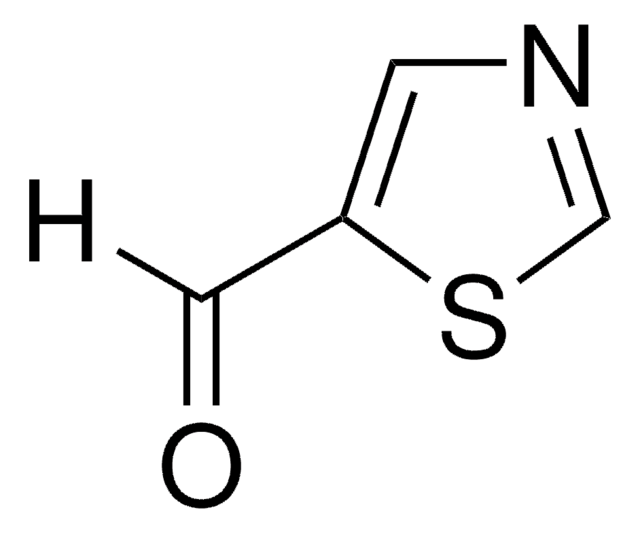430218
Poly[4,4′-methylenebis(phenyl isocyanate)-alt-1,4-butanediol/di(propylene glycol)/polycaprolactone]
pellets, MDI-polyester/polyether polyurethane.
Faça loginpara ver os preços organizacionais e de contrato
About This Item
Produtos recomendados
resistência à abrasão
10 mg (Taber, H-22 wheel)
Nível de qualidade
Formulário
beads
pellets
índice de fusão
4 g/10 min (190°C/8.7kg)
dureza
84 (Shore A, ASTM D 2240)
temperatura de transição
Tg −40 °C (DSC)
softening point 85 °C (Vicat, ASTM D 1525)
densidade
1.18 g/mL at 25 °C (lit.)
cadeia de caracteres SMILES
N(c1ccc(cc1)Cc2ccc(cc2)NC(=O)O)C(=O)O.OCCCCCC(=O)O.OCCCCO.OCCCO
chave InChI
UTAMRXGORNGYAA-UHFFFAOYSA-N
Categorias relacionadas
Descrição geral
Poly[4,4′-methylenebis(phenyl isocyanate)-alt-1,4-butanediol/di(propylene glycol)/polycaprolactone] (PU/PCL) is a polyurethane solution that can be used as a shape memory polymer and a reinforcing unit for enhancing the mechanical and thermal properties of the base materials. It is biocompatible and finds usage in endothelial proliferations. PU/PCL contains polycaprolactone (PCL) that facilitates the hydrophobic properties of the polymeric matrix.
Aplicação
Automotive fascia, cable jackets, side trim, fabric laminates, health care tubing, catheters, transdermal patches and in seals casters, shoes, bushings and wheels.
PU/PCL can be used in the formation of a polyurethane membrane for effective gas separation. It can also be used to synthesize reinforced hydrogel with good thermo-mechanical properties for biomedical applications.
Características e benefícios
Tough, high-performance, wear-resistant elastomer with good clarity, chemical resistance, flexibility and toughness. Can be used in current form or further polymerized. Low compression set
Palavra indicadora
Danger
Frases de perigo
Declarações de precaução
Classificações de perigo
Acute Tox. 4 Oral - Eye Irrit. 2 - Resp. Sens. 1 - Skin Irrit. 2 - Skin Sens. 1
Código de classe de armazenamento
11 - Combustible Solids
Classe de risco de água (WGK)
WGK 3
Ponto de fulgor (°F)
Not applicable
Ponto de fulgor (°C)
Not applicable
Escolha uma das versões mais recentes:
Já possui este produto?
Encontre a documentação dos produtos que você adquiriu recentemente na biblioteca de documentos.
3D Networked Graphene-Ferromagnetic Hybrids for Fast Shape Memory Polymers with Enhanced Mechanical Stiffness and Thermal Conductivity
Lee S, et al.
Small, 10(19), 3880-3886 (2014)
Strong fiber reinforced hydrogels for biomedical applications
2011 IEEE 37th Annual Northeast Bioengineering Conference (NEBEC), 9(2), 1-2 (2011)
Gas separation in mixed matrix membranes based on polyurethane containing SiO2, ZSM-5, and ZIF-8 nanoparticles
Amedi HR and Aghajani M
Journal of Natural Gas Science and Engineering, 35(19), 695-702 (2016)
A hybrid electrospun PU/PCL scaffold satisfied the requirements of blood vessel prosthesis in terms of mechanical properties, pore size, and biocompatibility
Nguyen T, et al.
Journal of Biomaterials Science. Polymer Edition, 24(14), 1692-1706 (2013)
Mélusine Bouchet et al.
Materials science & engineering. C, Materials for biological applications, 100, 715-723 (2019-04-06)
The search for novel, more compliant vascular grafts for the replacement of blood vessels is ongoing, and predictive tools are needed to identify the most promising biomaterials. A simple analytical model was designed that enables the calculation of the ratio
Global Trade Item Number
| SKU | GTIN |
|---|---|
| 430218-1KG | |
| 430218-250G | 4061833598009 |
Nossa equipe de cientistas tem experiência em todas as áreas de pesquisa, incluindo Life Sciences, ciência de materiais, síntese química, cromatografia, química analítica e muitas outras.
Entre em contato com a assistência técnica










